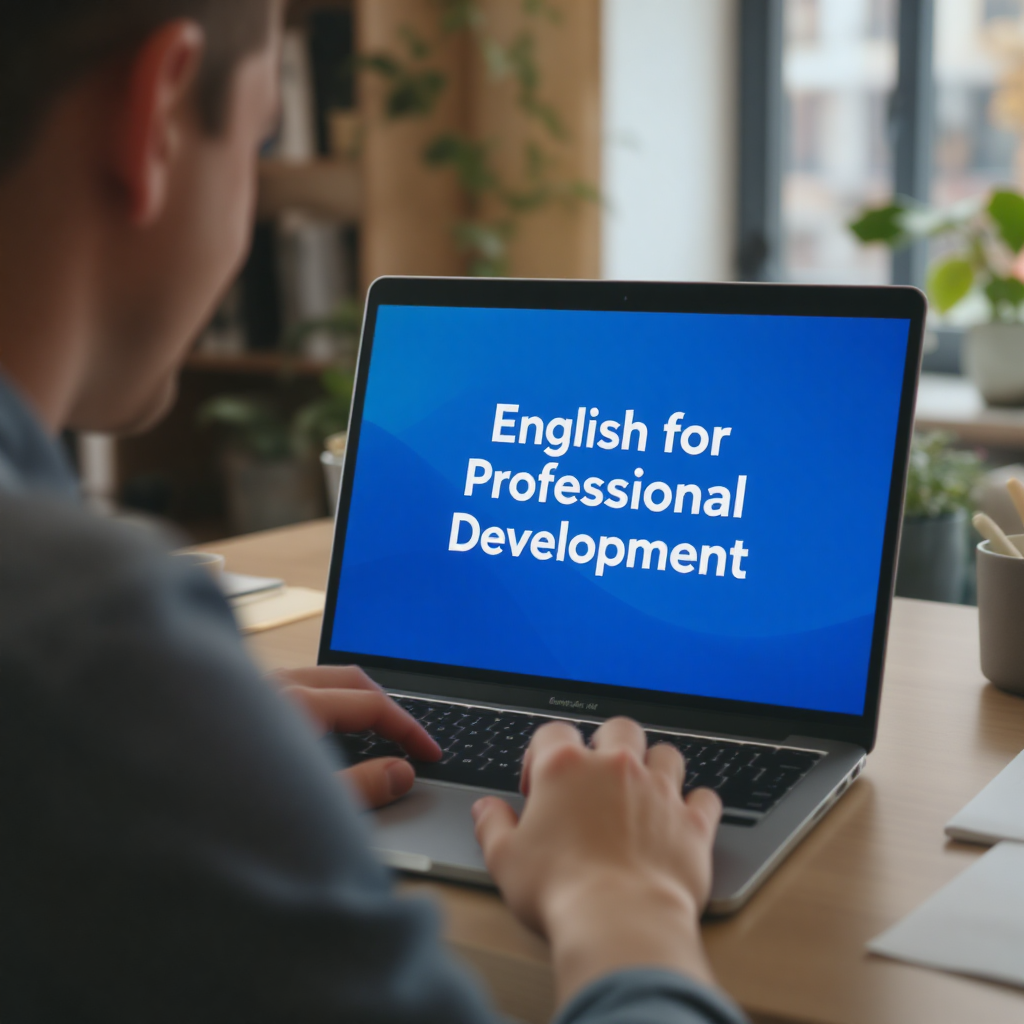Continuous learning has evolved from a lifestyle to a market requirement. Understand how this affects companies.
In the corporate market, learning is no longer just a stage of onboarding or a specific training phase; it is a continuous process. Learning has become part of the job. HR departments have adopted the concept of lifelong learning as a concrete response to the need to keep teams prepared, up-to-date, and adaptable in an increasingly shorter cycle of change.
In this scenario, English language teaching takes on new relevance. It is no longer a curricular differential but a strategic tool that allows access to global content, participation in meetings with diverse teams, and openness to new roles within the organization itself.
But how can English be integrated into a company’s learning culture? How can it be shown that it is not a cost but an investment in development?
In this article, we have gathered insights for those who want to make English a genuine pillar of corporate learning, with results that are evident in practice.
What is Lifelong Learning?
Lifelong learning is a commitment to constant, self-directed learning throughout life. It extends beyond formal courses: it’s about integrating learning into everyday life, driven by curiosity, purpose, and a desire for growth.
In the corporate environment, this translates into actions such as internal mentoring, training programs, development tracks, reading incentives, and, especially, language training in English, which opens doors to new knowledge and opportunities.
More than offering isolated training, the culture of lifelong learning integrates learning into the company’s identity and employee goals.
Why is English Essential in Lifelong Learning?
English is no longer a differentiator; it is a fundamental skill in virtually every sector, including technology, finance, marketing, engineering, healthcare, and beyond.
Much of the technical, scientific, and innovative content, including articles, videos, podcasts, and events, is available in English. Fluent employees have direct access to this information and learn more independently and quickly.
Fluency in English requires regular practice to stay relevant, unlike certifications that expire.
Companies operating internationally rely on effective communication in diverse cultural and professional contexts. Functional fluency becomes indispensable for negotiations, knowledge exchange, and innovation.
Investing in English skills demonstrates company appreciation, generating engagement and loyalty.
How to Use English in a Lifelong Learning Strategy?
For English to work as a strategic development tool, it needs to be accessible, personalized, connected to company objectives, and measurable.
Assess the Team’s Current Level
Understand each employee’s fluency. Tools like FluencyFlow provide accurate assessments based on vocabulary, clarity, response time, and comprehension.
Offer Personalized Learning Paths
Not every employee learns the same way. Solutions like Flexge offer targeted learning paths, adapting content for technical vocabulary or specific scenarios such as presentations and meetings.
Use Flexible and Scalable Platforms
With hybrid schedules, digital platforms using AI and gamification are ideal, allowing employees to learn at their own pace and managers to track real-time progress.
Connect Learning to Company Objectives
Integrate English into individual career plans and organizational projects. Recognize and celebrate incremental achievements to maintain motivation and continuity.
Measure Fluency Focusing on Real Progress
Understanding employee progress is crucial. FluencyFlow facilitates structured evaluations, generating data linked to performance, engagement, and productivity.
Benefits of English as Part of Lifelong Learning
Implementing English as part of a continuous learning strategy offers multiple advantages:
For Companies:
- Better global operational preparedness
- Access to cutting-edge international content
- Optimized training programs
- Improved talent retention
- Enhanced collaborative, diverse, innovative culture
For Employees:
- Increased confidence in global interactions
- Autonomy in accessing updated technical knowledge
- Access to broader career opportunities
- Stronger engagement with organizational culture
The Role of HR and Leadership
A culture of lifelong learning with a focus on English requires active leadership and strategic HR actions.
- Leaders: Engage in language learning, encourage teams, align language skills with individual plans, and leverage data for feedback.
- HR: Curate language solutions, integrate language strategies, communicate clear goals, and monitor performance impacts.
Conclusion
English proficiency is not a luxury; it’s a critical bridge to continuous learning, innovation, and global performance.
Companies embedding language skills into their developmental culture reap lasting results in performance, engagement, and retention.
Tools like FluencyFlow and Flexge make this strategy both viable and scalable.
If sustainable growth and continuous employee evolution are your company’s goals, prioritizing English learning is an essential step.




